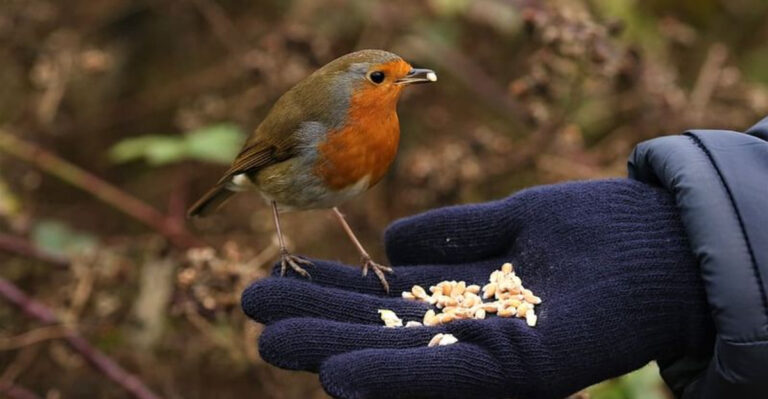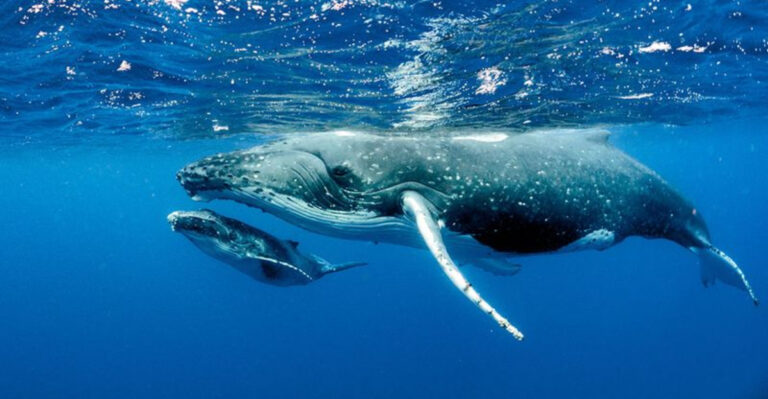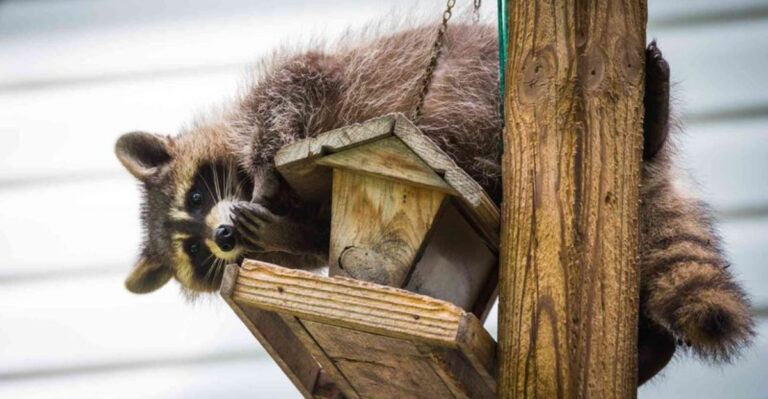16 Cool Things You Didn’t Know About Butterflies
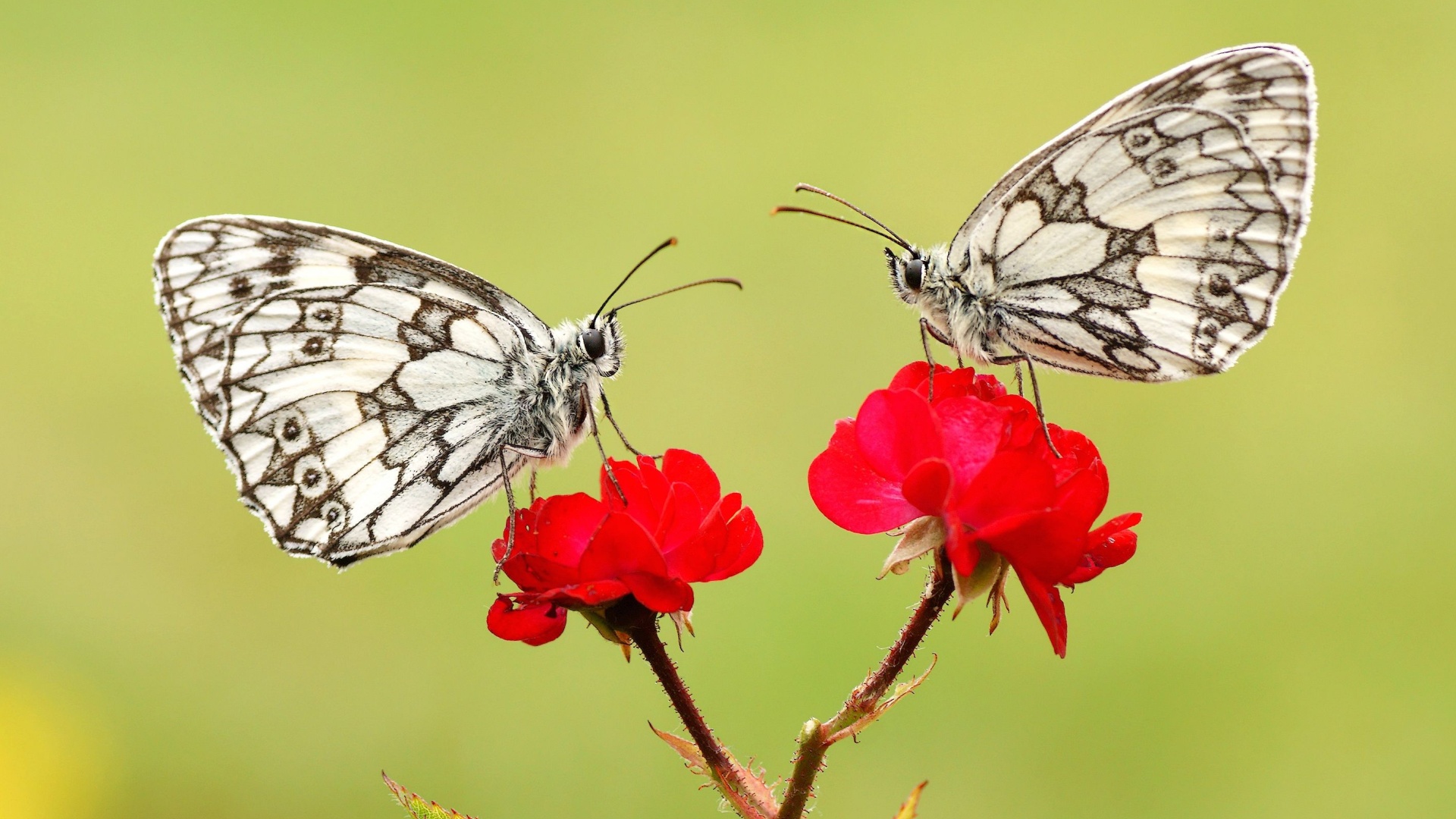
Butterflies, those delicate dancers of the skies, often captivate us with their vibrant colors and gentle fluttering. But beyond their beauty, these creatures hold fascinating secrets.
From miraculous migrations to innovative camouflage techniques, butterflies have more to offer than meets the eye.
Here’s a collection of intriguing facts that shed light on the mysterious world of butterflies, revealing their unique adaptations and behaviors.
1. Butterfly Wing Patterns
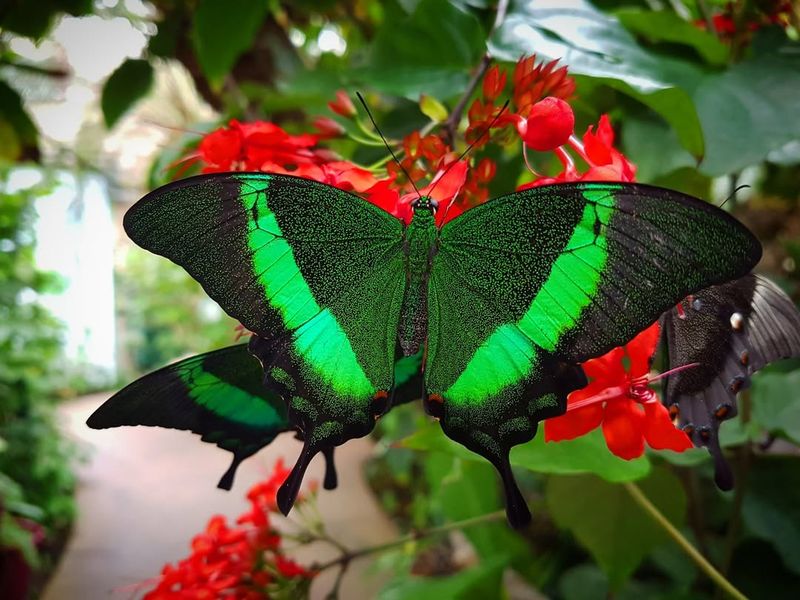
Butterfly wings are a canvas of intricate patterns and vivid colors that serve multiple purposes. These designs can be a form of camouflage, a warning to predators, or a way to attract mates.
Interestingly, the patterns are symmetrical, created by microscopic scales that reflect light. Each wing’s artistry is unique, much like a fingerprint, and is vital for their survival.
2. Migratory Journeys
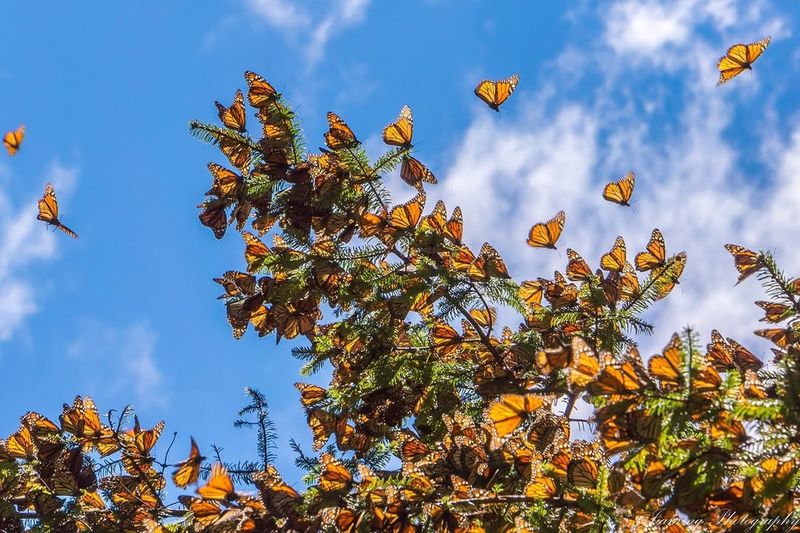
Monarch butterflies are renowned for their epic migrations, traveling thousands of miles from North America to central Mexico. This journey, undertaken by generations, is guided by environmental cues and internal maps.
They rely on the position of the sun and Earth’s magnetic field to navigate. This remarkable feat showcases the endurance and navigational prowess of these delicate creatures.
3. Metamorphosis Magic
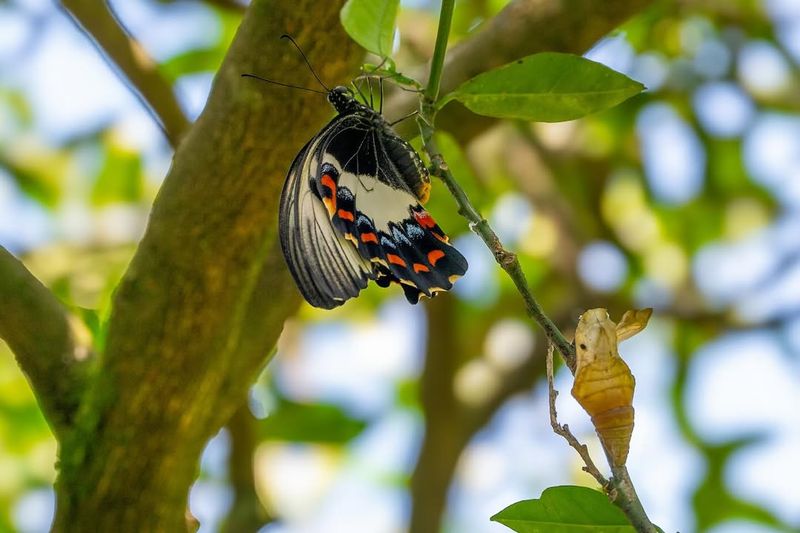
The metamorphosis of a butterfly is a biological marvel. From a humble caterpillar, it undergoes a complete transformation within a chrysalis.
This process, called metamorphosis, involves the breakdown of caterpillar structures to form the adult butterfly. It’s a testament to nature’s ability to reinvent and create beauty.
The magic of metamorphosis continues to inspire wonder and curiosity.
4. Butterflies And UV Light
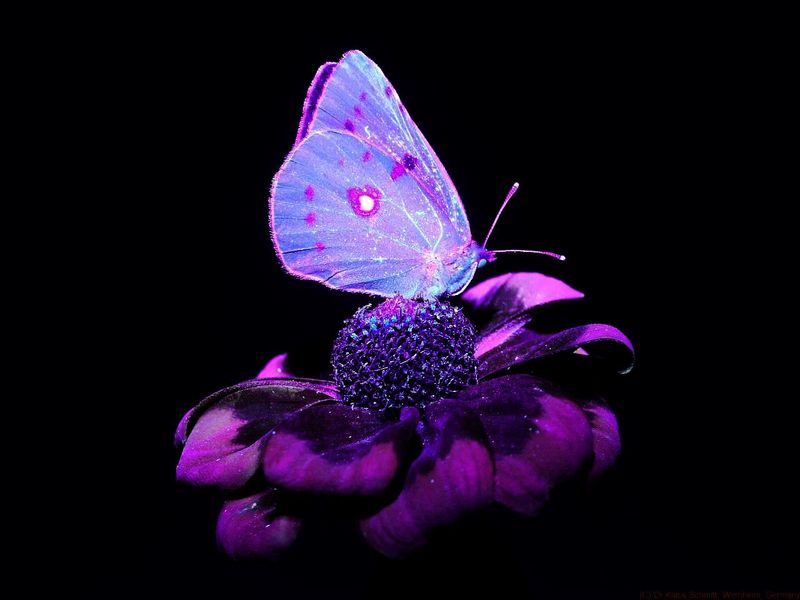
Butterflies perceive the world differently, with their eyes capable of seeing ultraviolet light. This ability reveals hidden patterns on flowers and wings, aiding in finding food and mates.
UV vision is a secret weapon in their survival toolkit, allowing them to interact with their environment in ways humans cannot. It’s a glimpse into a world of hidden beauty and complexity.
5. Taste With Their Feet
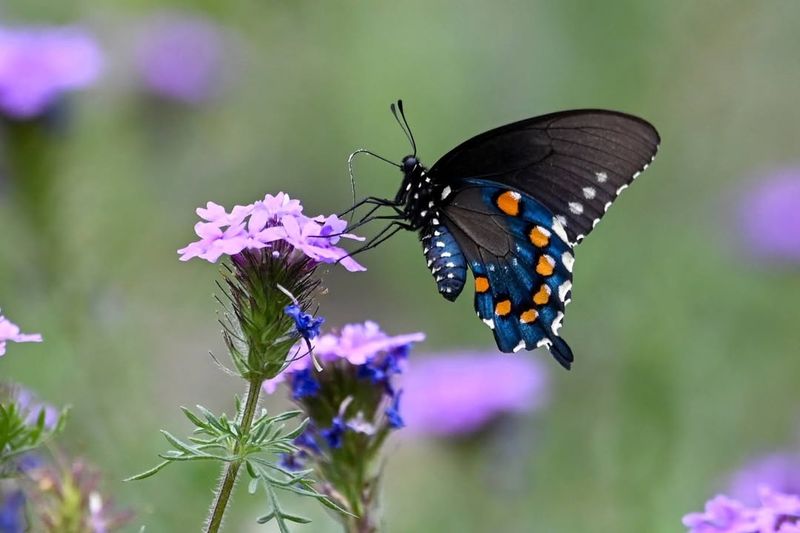
Believe it or not, butterflies taste with their feet! The sensory receptors on their legs help them identify suitable plants for laying eggs.
When a butterfly lands on a plant, it “tastes” the leaf’s chemistry to ensure it’s right for its caterpillars. This unique adaptation ensures the next generation has the best start in life.
It’s a fascinating twist on how we perceive taste.
6. Camouflage Techniques
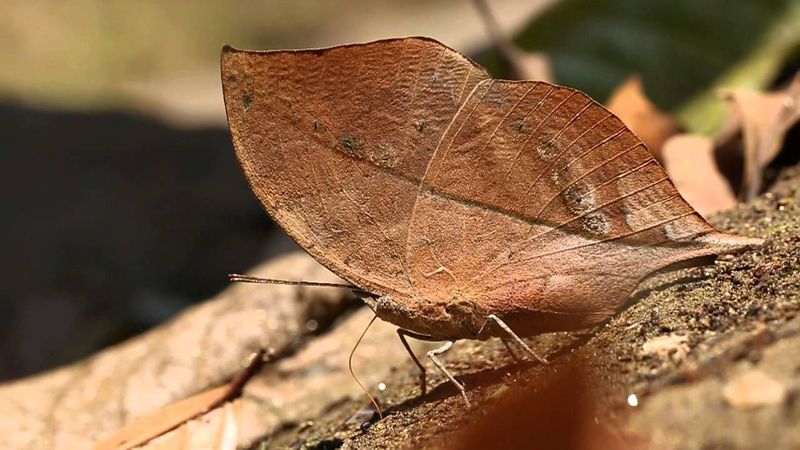
Camouflage is an essential survival strategy for butterflies. Some species have evolved to mimic leaves, bark, or even other animals to avoid predators.
This deceptive appearance keeps them safe from predation. The diversity in camouflage techniques highlights the adaptability and resourcefulness of butterflies.
It’s a reminder of nature’s creative solutions for survival challenges.
7. Cold-Blooded Marvels
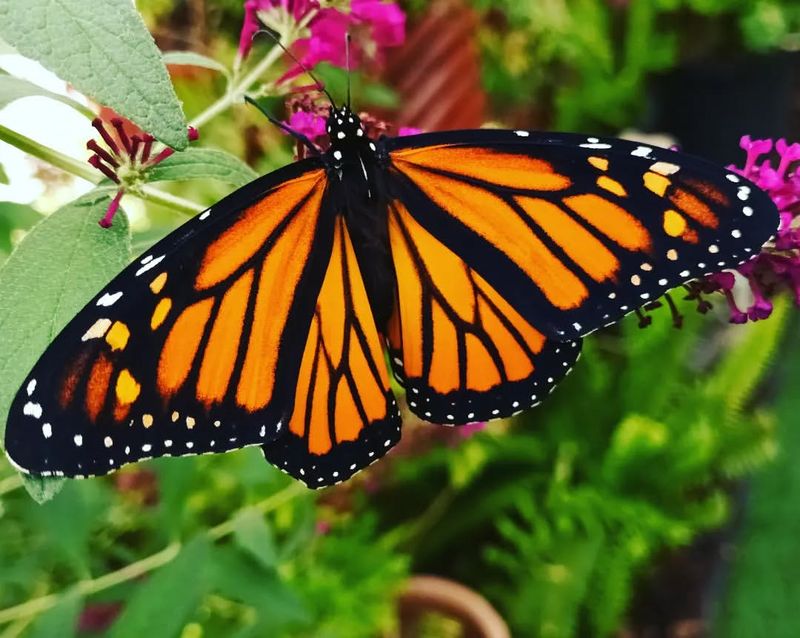
As cold-blooded creatures, butterflies rely on external heat sources to regulate their body temperature. Sunbathing is a common sight as they absorb warmth to become active.
Their flight muscles need to be at a certain temperature to function efficiently. This reliance on warmth influences their daily activities and habitats, showcasing their adaptability to different environments.
8. Long Proboscis
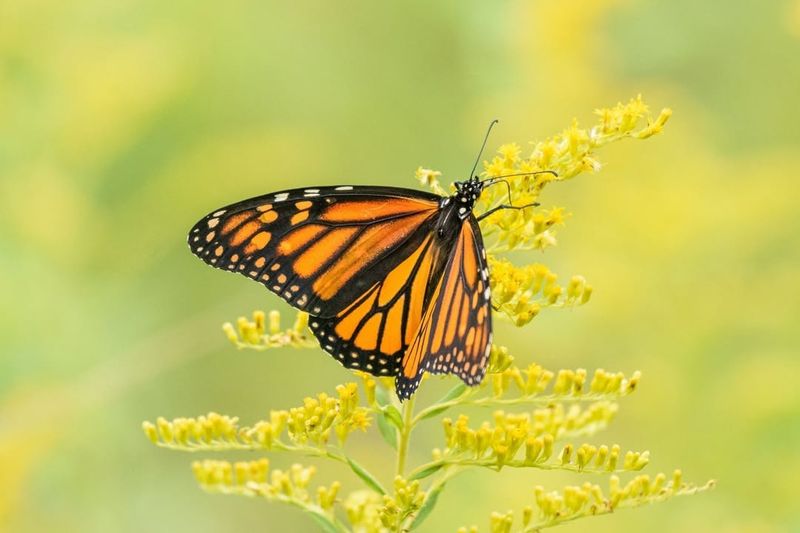
The proboscis of a butterfly is a marvel of natural engineering. This long, coiled tube acts like a straw, allowing butterflies to sip nectar from deep within flowers.
When not in use, it coils up like a spring. The proboscis is crucial for feeding, and its length and flexibility enable access to a variety of floral resources.
9. Butterfly Mimicry
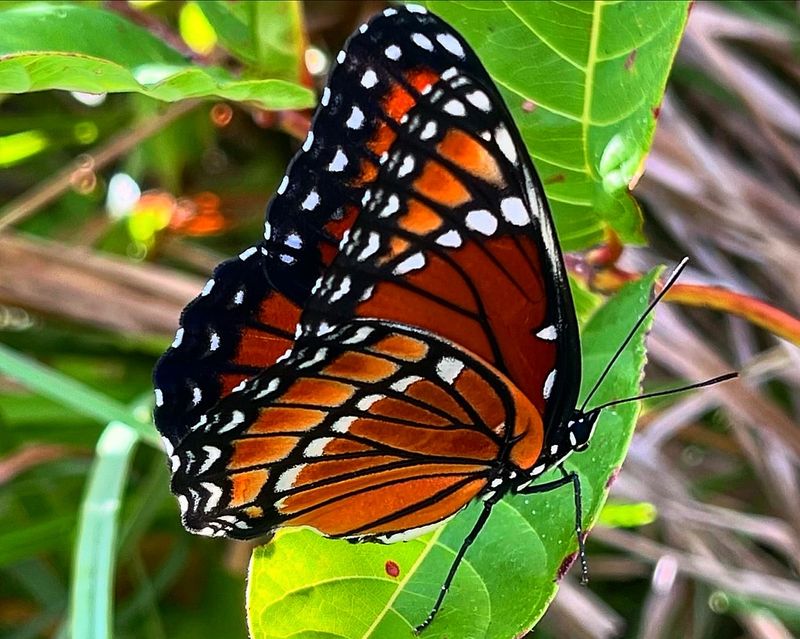
Butterfly mimicry is a fascinating strategy where non-toxic butterflies imitate the warning signals of toxic species. The viceroy butterfly, for example, resembles the toxic monarch butterfly, deterring predators through deception.
This form of mimicry provides protection and highlights the evolutionary arms race between predators and prey. It’s a clever adaptation for survival in the wild.
10. Diverse Diets
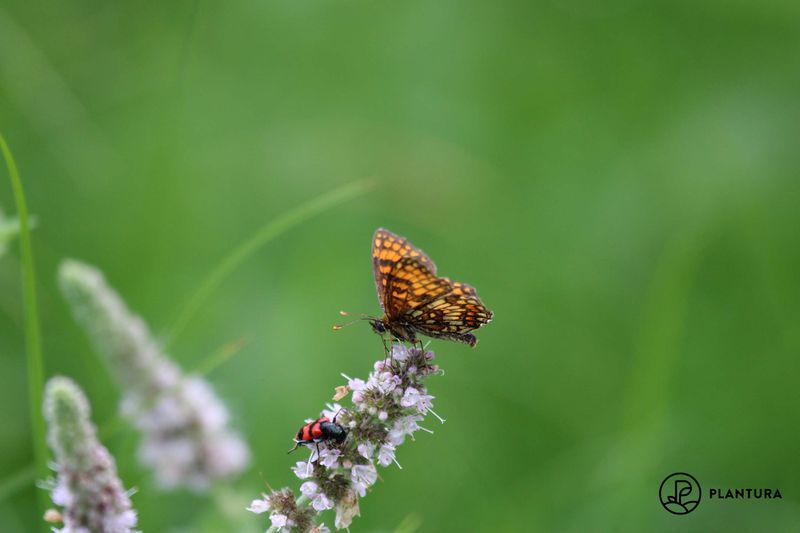
Though many associate butterflies with nectar, their diet is more varied. Some species feed on tree sap, rotting fruit, or even animal dung.
These alternate food sources provide essential nutrients and minerals. This dietary diversity allows them to thrive in different environments and adapt to available resources.
It showcases their flexibility and the surprising range of their culinary palette.
11. Ancient Beginnings
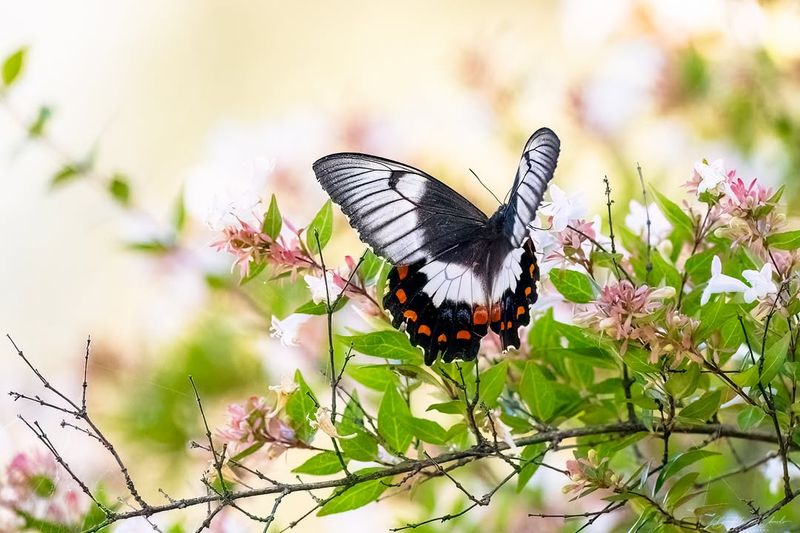
Butterflies have graced our planet for at least 56 million years. Fossil evidence reveals their ancient origins, showing little change over millions of years.
Their enduring presence is a testament to their successful adaptations and survival strategies.
This historical continuity links us to a distant past, where butterflies fluttered through prehistoric landscapes, much as they do today.
12. Unique Flight Patterns
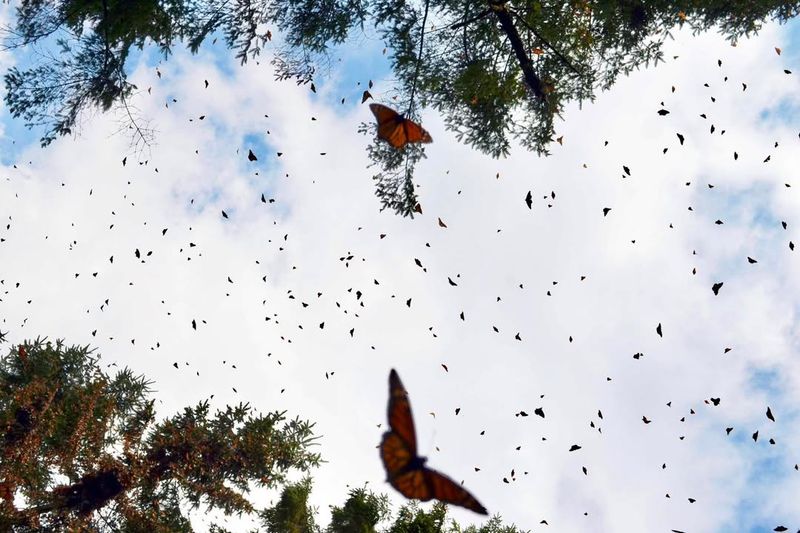
Butterflies exhibit a variety of flight patterns, often adapted to their environment and lifestyle.
Some species opt for rapid, erratic movements to escape predators, while others glide gracefully. These unique flight styles enhance their survival and mating opportunities.
The diversity in flight patterns reflects their adaptability and the evolutionary pressures they’ve faced over time.
13. Wing Regeneration
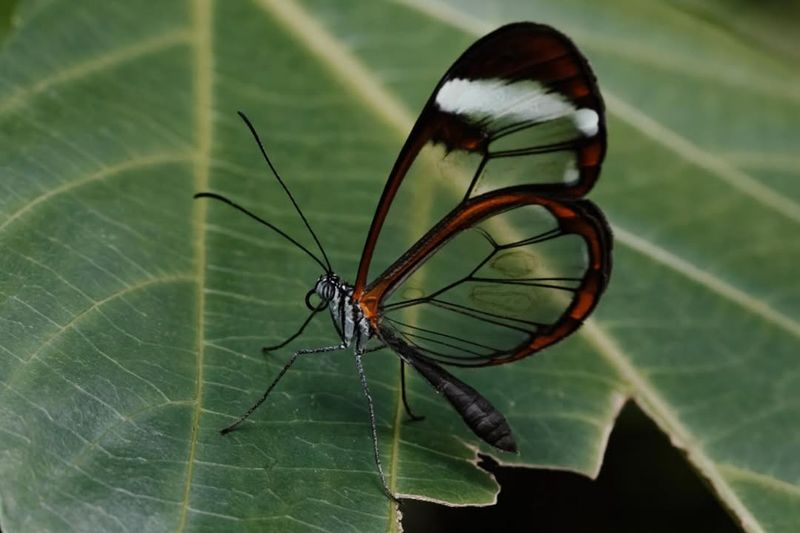
Though delicate, butterfly wings have some regenerative capabilities. When damaged, butterflies can sometimes repair minor tears, maintaining flight efficiency.
This ability is limited but demonstrates resilience in the face of adversity. It highlights an aspect of their survival strategy, allowing them to continue their vital activities despite injuries.
Nature’s ability to repair and adapt is truly remarkable.
14. Butterfly Lifespan
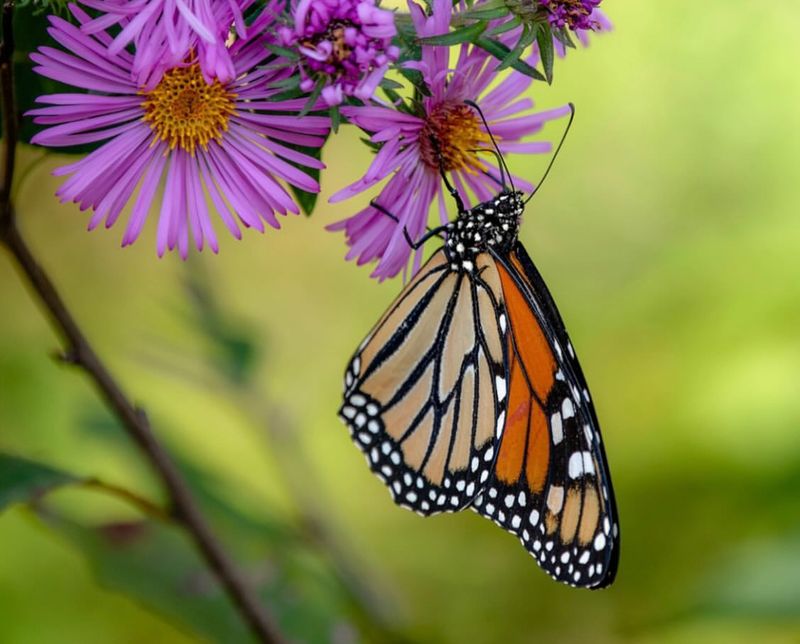
The lifespan of butterflies varies widely. Some live for just a few weeks, while others, like the monarch, can survive several months.
Their lifecycle, from egg to adult, is intricately timed with environmental conditions. This timing ensures that resources are available for each stage of development, highlighting their intricate connection with nature.
Lifespan variability is a fascinating aspect of their biology.
15. Butterflies And Pollination
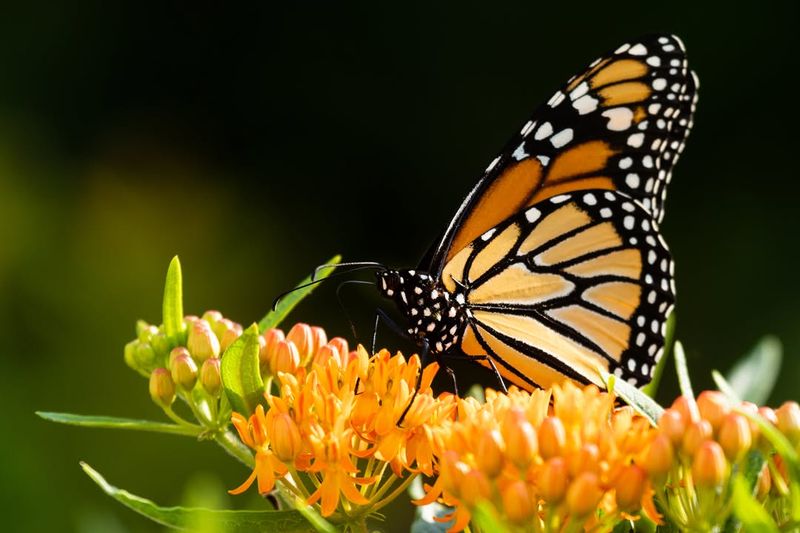
Butterflies play a significant role in pollination, second only to bees. As they flit from flower to flower, they transfer pollen, aiding in plant reproduction.
This ecological service is vital for maintaining biodiversity and supporting ecosystems. Their colorful presence in gardens and wild areas enhances the beauty and resilience of plant communities.
Pollination by butterflies is a key part of their ecological impact.
16. Butterfly Conservation
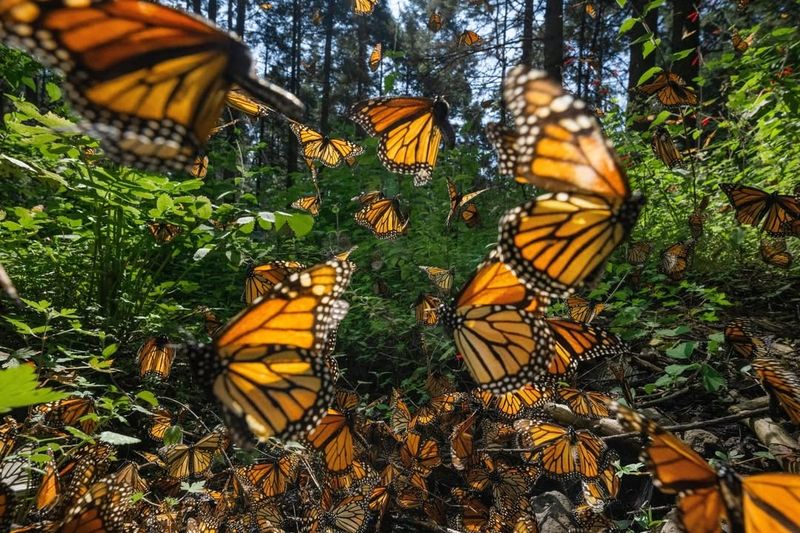
Conserving butterfly habitats is crucial for their survival. Threats like habitat loss and climate change pose significant challenges.
Conservation efforts focus on preserving natural habitats and creating butterfly-friendly gardens. Involving communities in these efforts helps raise awareness and protect these delicate insects.
By supporting conservation initiatives, we contribute to preserving the beauty and ecological role of butterflies for future generations.



